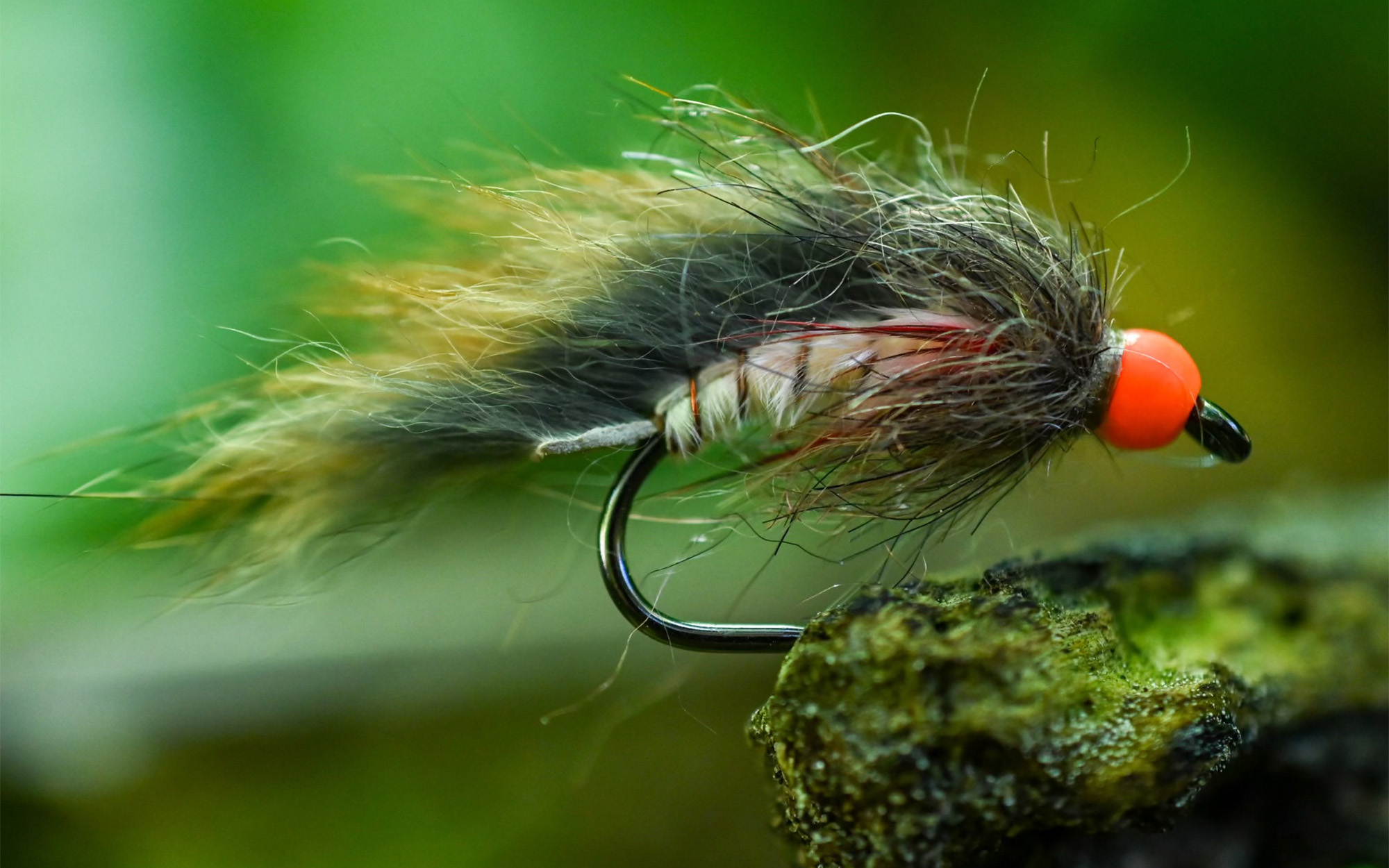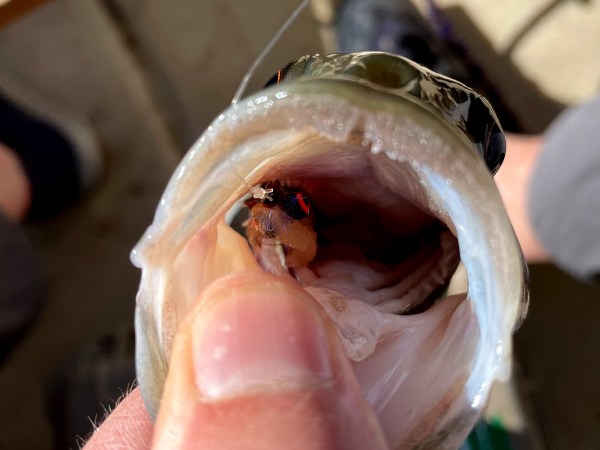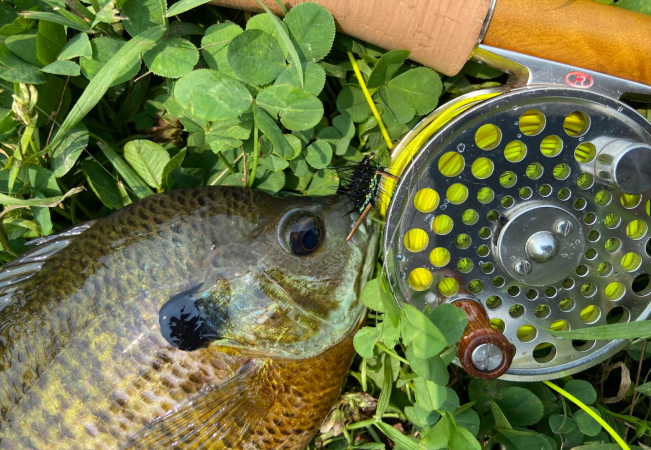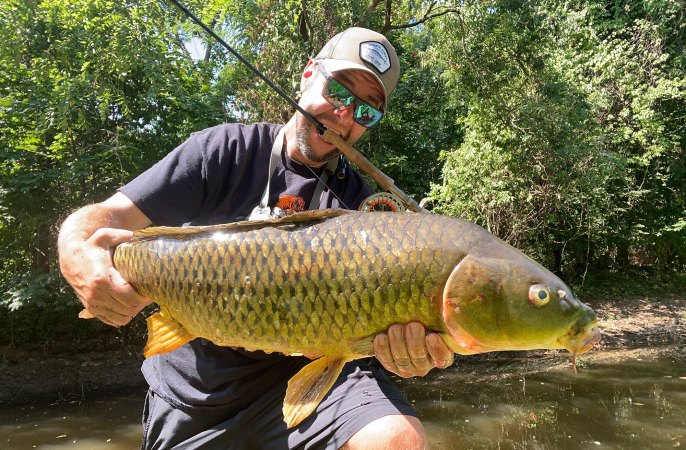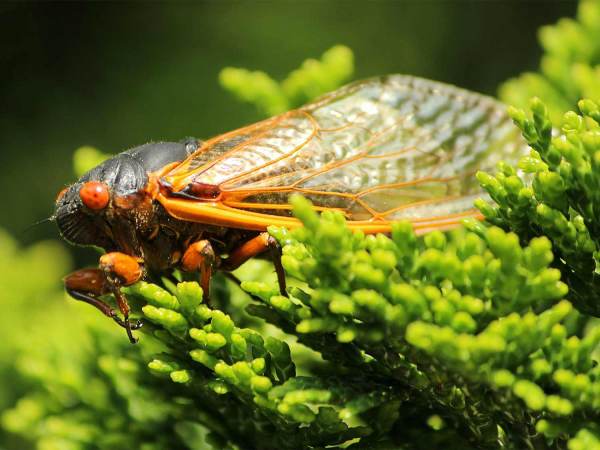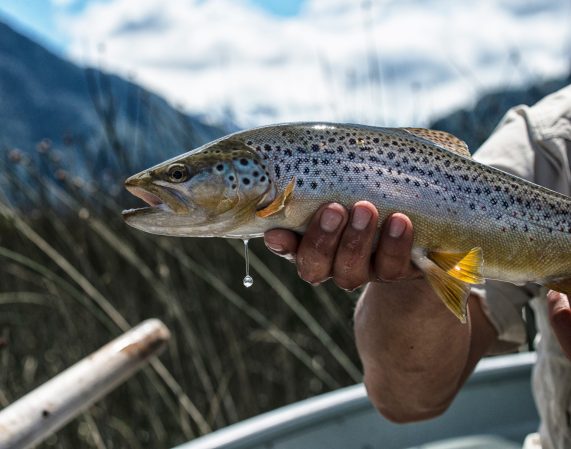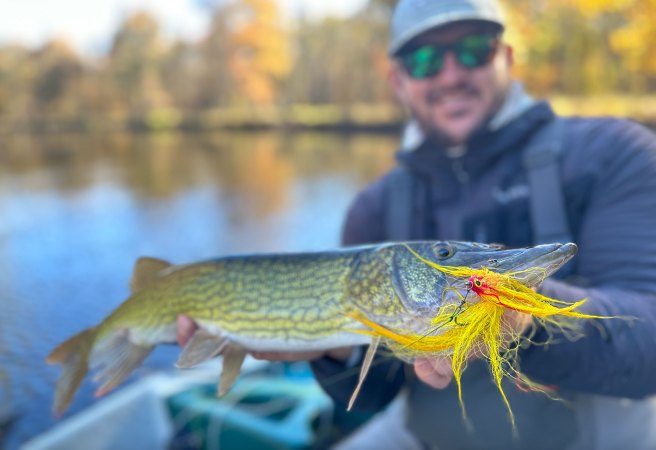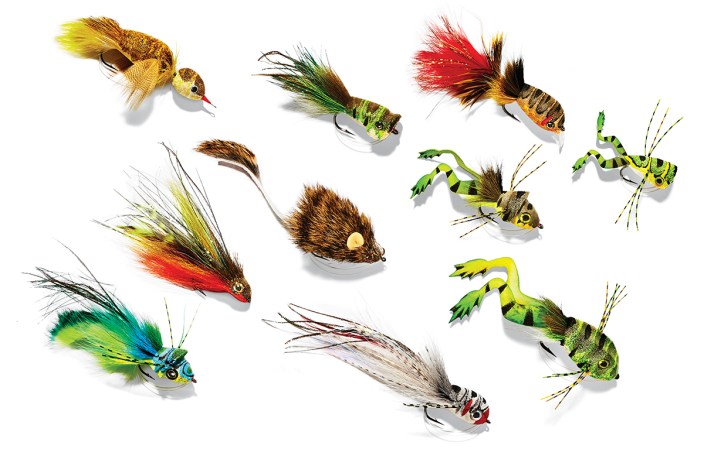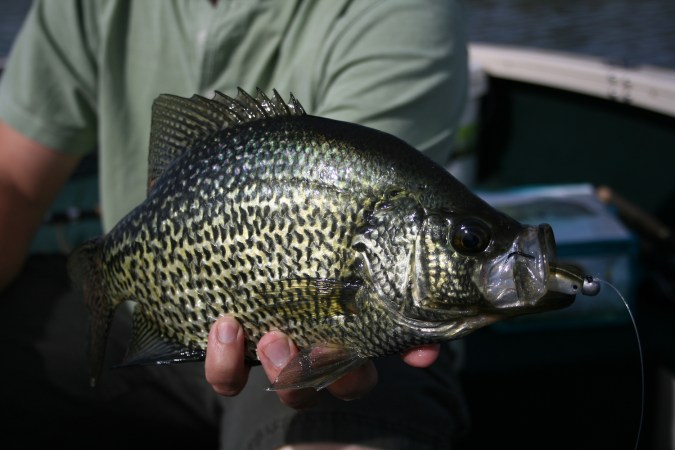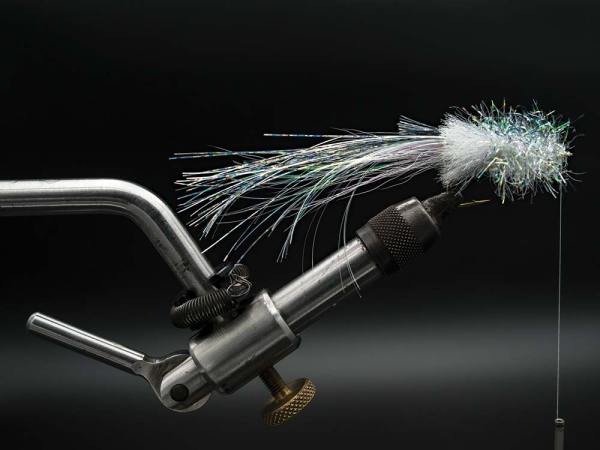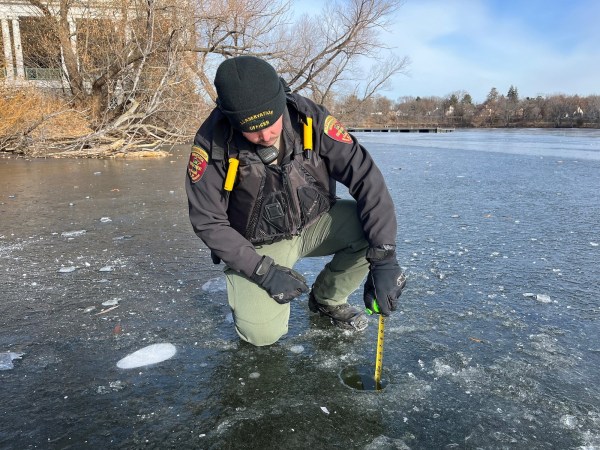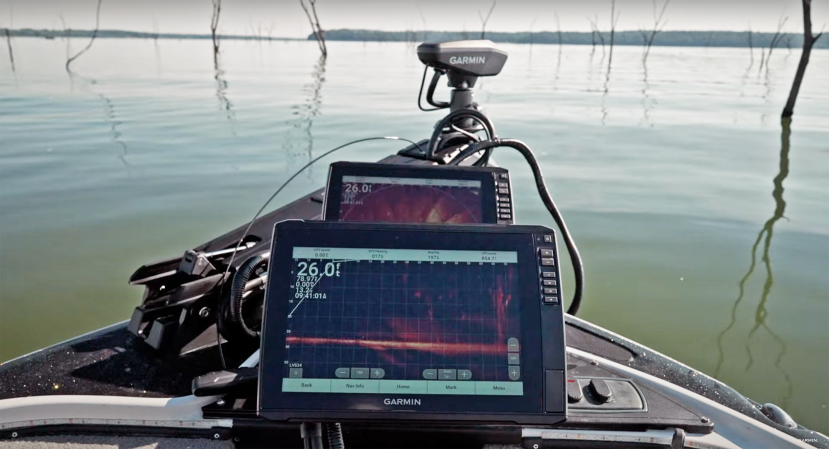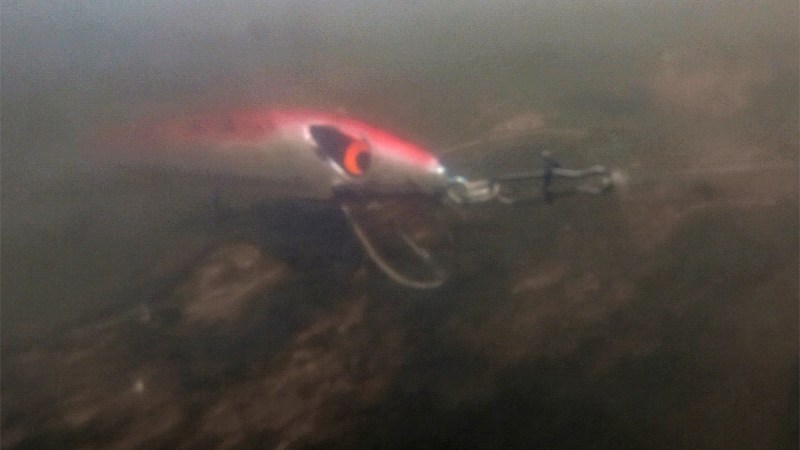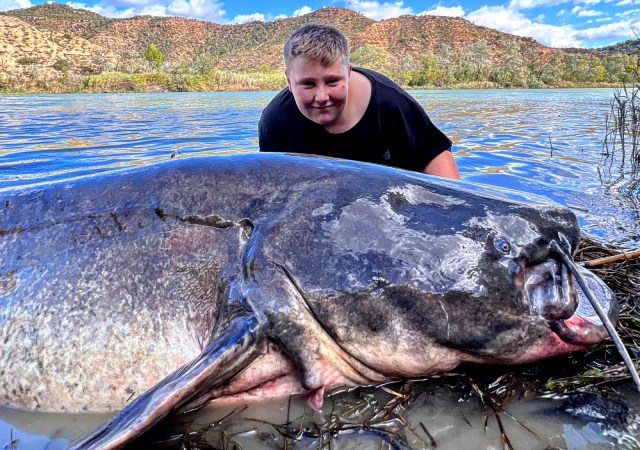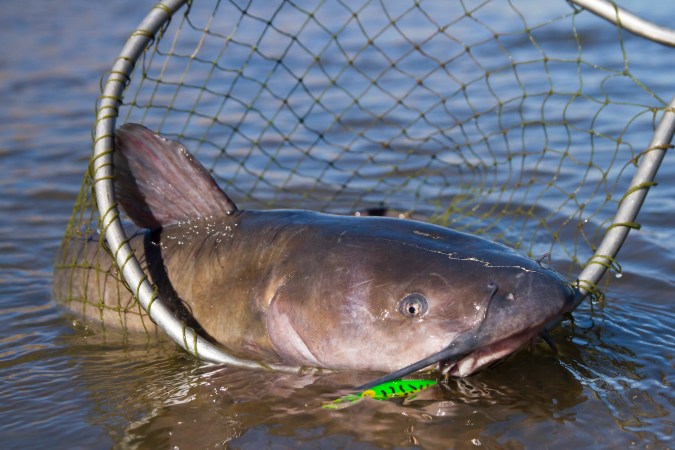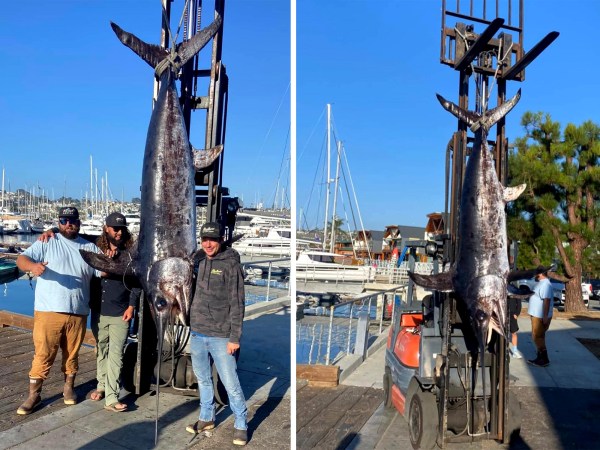New legislation proposed in Washington State that would ban the sale of fur statewide is getting some outsized attention from a niche community in the outdoor world: anglers and fly tyers who use fur and other natural fibers to create handmade flies and fishing lures. A few of these advocates spoke up during a public hearing in Olympia on Thursday, when a substituted version of Senate Bill 6294 was heard by the Senate Business, Financial Services, Gaming & Trade Community. They asked lawmakers for more clarity around the bill, which they say would cripple the Evergreen State’s fly-tying industry if passed as-is.
“The way this bill reads would condemn our business to no longer exist,” said Josh Phillips during the hearing. Phillips co-owns Spawn Fly Fish, a local fly shop in Ilwaco that makes most of its money selling fur, feathers, and other fly-tying materials. “It’s important that we work together to understand the impact that this bill will have on small businesses like ourselves.”
Supporters of the bill who spoke during last week’s hearing were primarily animal-rights advocates. Most of these supporters focused their ire on the retailers and fashion industries that import fur from farms. In other words, they seemed more concerned about fur coats than fishing lures.
Why the Sportsmen’s Community Is Pushing Back
S.B. 6294 has already been widely opposed by the Northwest’s hunting, fishing, and trapping community, which has seen similar bills floated in Oregon and California in recent years. (The Oregon bill failed, while California’s fur ban went into effect in January 2023.) Trappers in particular view the legislation as an attack on their traditions and livelihoods, as it would make it harder for them to bring furs to market. Now, the fly-tying and fishing community is calling more attention to the bill.
Senator Derek Stanford, the bill’s primary sponsor, spoke during Thursdays’ hearing about the responses he’s received from anglers in the time since the bill was first introduced. Before taking public comment, Stanford clarified that the substituted version of S.B. 6294 makes an exception for flies and fishing lures, along with other “products containing animal hair, fleece, or fur fibers that are not attached to skin.” He also made it clear that the bill’s primary intent is to ban the sale of furs produced unethically in foreign countries (especially China) or in fur farms that use cruel practices.
“I have received a lot of feedback from some groups that are concerned that this bill gets out of that realm too much,” Sen. Stanford said. “I’ve tried to make it extra clear that fur fibers which are commonly used for fishing lures are not intended to be captured within this bill.”
But the folks who rely on these natural materials say the substituted version of S.B 6294 doesn’t go far enough. Backcountry Hunters and Anglers development coordinator Josh Mills spoke to this during the public hearing, and he pointed out that the bill’s updated language exemplifies the general lack of understanding around how furs are used in fly tying.
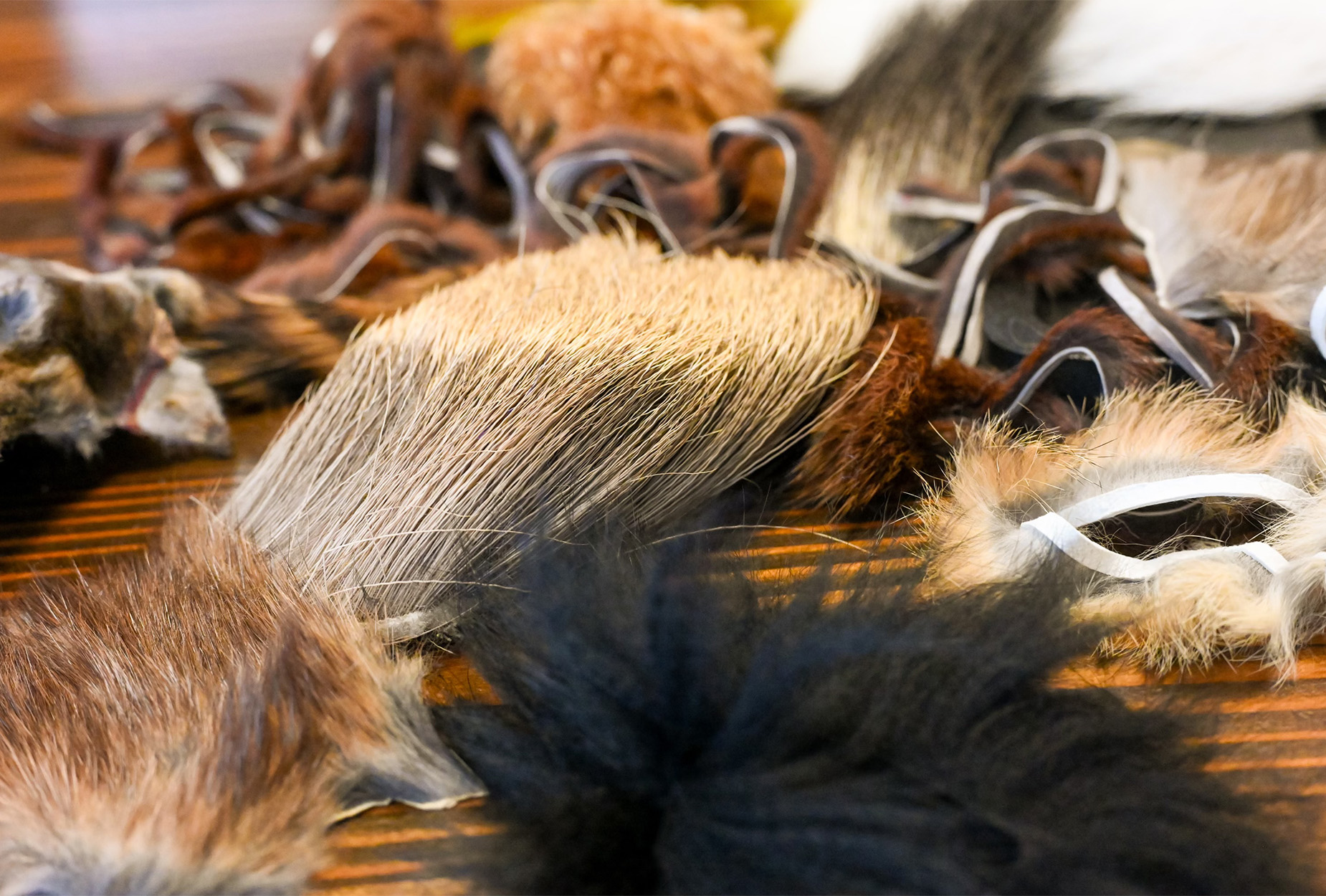
Photograph courtesy Josh Phillips / Spawn Fly Fish
“The industry of trapping, and activities of hunting and fly tying — and the industries associated with it — are in the crosshairs of this bill,” Mills said. “You cannot buy loose deer, elk, and many other fly-tying supplies without the hide attached. It’s like asking someone to make coffee without the beans.”
Mills also asked for more clarification around how the bill would affect the farms and wholesalers that provide these natural materials. This would directly affect small business owners like Josh Phillips. Along with most other fly shops across the country, Phillips purchases his tying materials from wholesale dealers who are permitted and closely regulated by the U.S. Fish and Wildlife Service. These sellers claim to only deal with natural materials that are harvested sustainably and ethically.
“Everything we deal with is a byproduct of mass human consumption. For example, we get a lot of our rabbit fur from Europe, where they raise them for food,” says one dealer who Phillips buys from, and who asked to remain anonymous because of the negative perceptions around fur trading. “If we’re not buying the fur, it’s going to get tossed in the landfill or left to waste, and nobody wants that.”
Flies Without Fur?
Phillips, whose fly shop started out as an online retail site for all things fly-tying related, says the bill was revised after he and other groups, including the American Sport Fishing Association, reached out to state representatives. But he agrees with Mills that the provisions still don’t go far enough in protecting Washington’s fishing industry. He explains that for fly tyers, it’s critical to have the fibers still attached to the skin when working with materials like rabbit fur, elk hair, and bucktails. The same goes for lure makers who use natural materials to make jigs and other artificials. Keeping the hide attached allows them to better control the material and create lifelike imitations of bugs, baitfish, and other prey items.
“If you use a rabbit strip, that hide is going to protrude off the back of the hook, and that’s where the movement is going to come, creating that lifelike movement in the tail,” Phillips tells Outdoor Life. “Deer [and elk] hair is also very important because you’re looking for a certain size range, and the hairs have to be facing a certain direction for the fly to perform. So, if those fibers were shaved off and put into a bag, they would be nearly impossible to work with.”
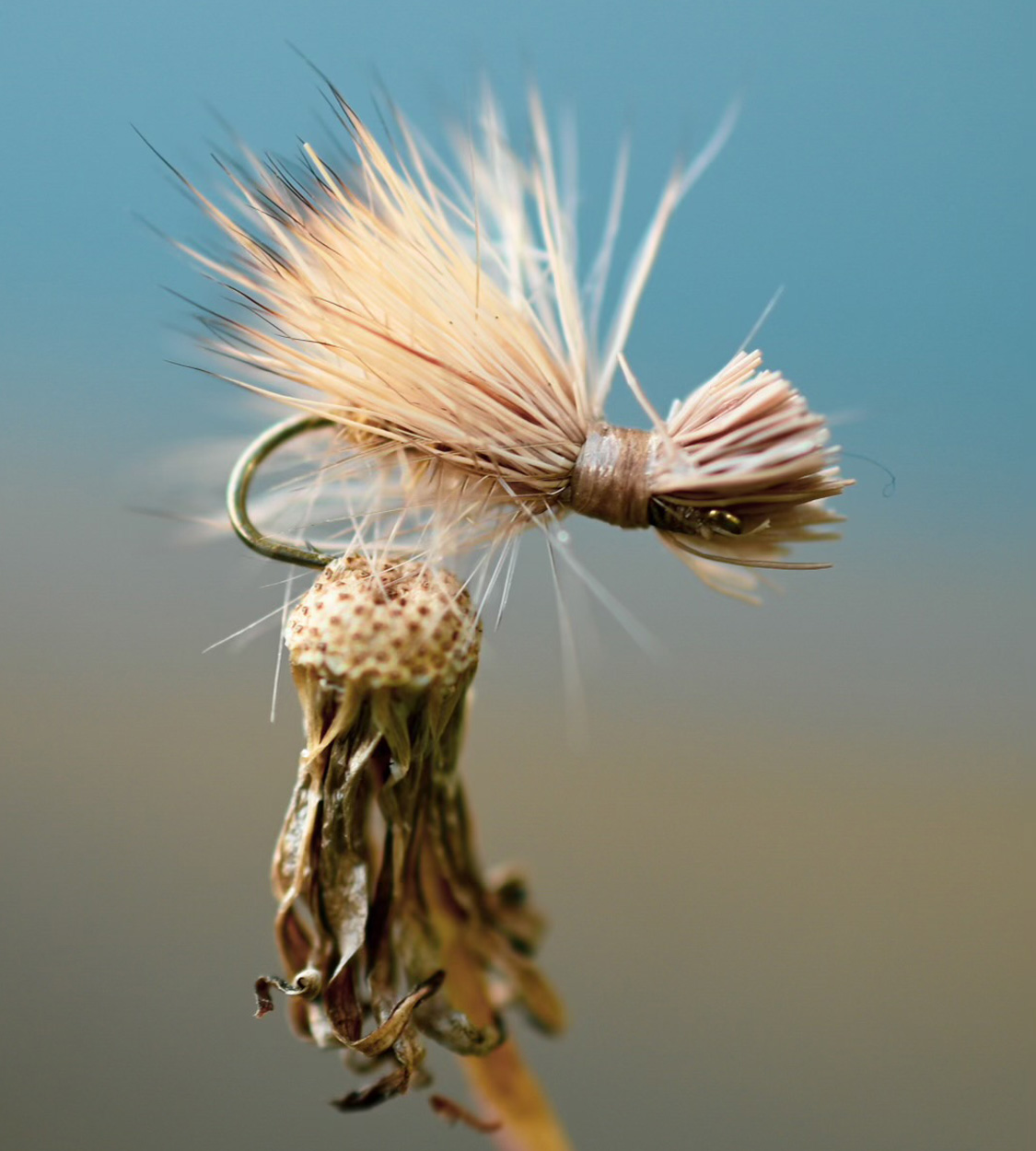
Photograph courtesy Josh Phillips / Spawn Fly Fish
The native Washingtonian also explains what many anglers have long known: there really is no substitute for natural materials. There are plenty of synthetic alternatives available, such as craft fur, and while these might be cheaper and easier to work with, they don’t “breathe” the same way in the water. Many of these materials are also made from polymeric fibers, which are essentially plastic, and today’s eco-conscious anglers are trying to cut back on the amount of plastic they buy. (Admittedly, this is a tall order, seeing as nearly every modern fly line is coated in PVC.)
At the risk of romanticizing the art form, Phillips also says there’s something intangible about lashing fur and feathers onto a hook. Performance aside, these materials are part of the sport’s heritage. And if part of the goal of fly fishing is to get closer with nature — if the whole point was to catch fish, we’d be using bait — understanding and utilizing natural materials is an important piece of that connection.
“If you look at a rabbit, the mask, the body fur, and the feet fur all react differently underwater. It’s like that for other animals as well,” Phillips says. “So, if you think about the thousands of years that these animals have evolved and their ability to shed water, that’s what we’re utilizing.”
Read Next: The 12 Best Bass Flies for Catching Largemouth and Smallmouth
Phillips says he and other like-minded groups will continue to push back against the proposed bill. He also hopes that state lawmakers can gain a better understanding of how important fur is to Washington’s anglers before they move forward with any legislation that would affect its sale statewide. To help with this, he’s invited many of them to visit his shop for an introduction to fly tying.
“Our plea to these guys is that we be involved in the conversation, and that’s why I’ve invited them to the shop,” he says. “Like, this is some deer belly hair, this is your spinning hair, and this is an elk mane. Some of these things where there was a lack of understanding around what we do as fly tyers and fly shops.”

